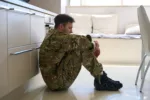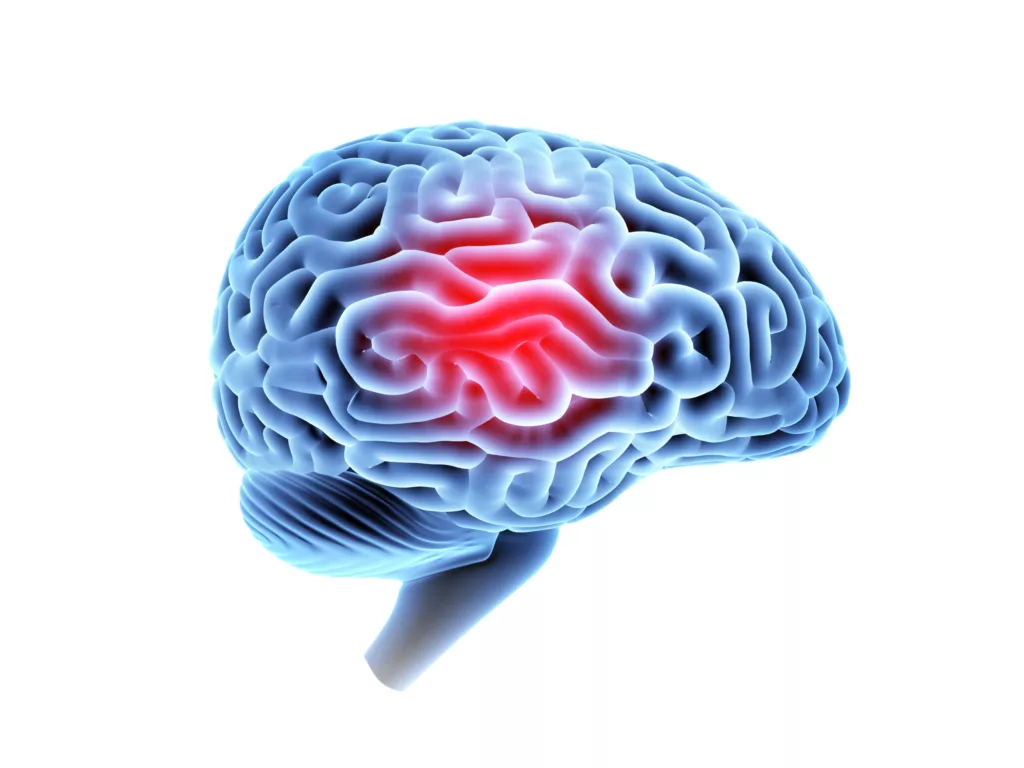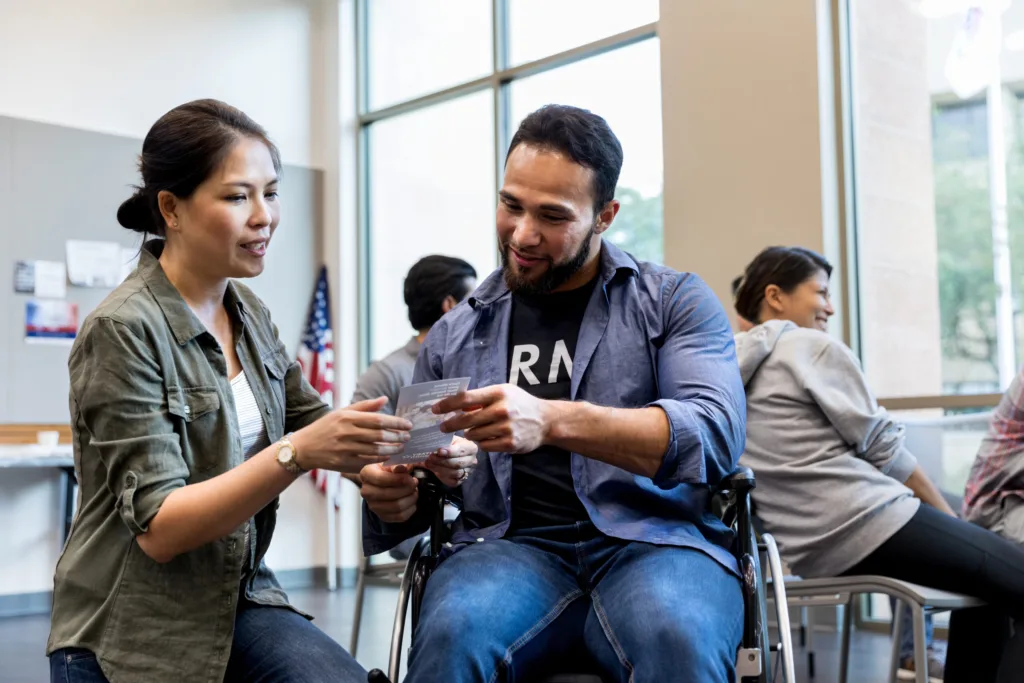Anxiety Disorder in Veterans

A 2013 study found that approximately 12 percent of veterans are diagnosed with generalized anxiety disorder, which is 4-to-6 times higher than the general population. Anxiety disorder as a primary diagnosis has been overlooked in veterans, as most research on veteran mental health focuses on post-traumatic stress disorder (PTSD), though some research shows that nearly 40 percent of veterans with PTSD could also be diagnosed with anxiety disorder.
While the symptoms of PTSD and anxiety overlap, the primary difference between the two diagnoses is that PTSD develops from experiencing or witnessing a traumatic event (or several smaller ones), while anxiety disorder is not specifically or uniquely tied to a singular past event.
Anxiety in veterans can develop over time given the hypervigilance required during active deployment, during the transition back to civilian life or as a symptom of co-occurring disorders within particular circumstances—such as managing PTSD and chronic pain while finding civilian employment.
Anxiety and Symptoms
Anxiety is a natural reaction to immediate or perceived threat or to stress. It often increases adrenaline and heart rate, and it activates the fight/flight/freeze response in the nervous system. While it is normal to feel these things in situations of immediate danger or even before taking a test or starting a new job, anxiety can become a debilitating disorder when it interferes with partaking in daily life and engaging in activities and relationships that used to bring joy and fulfillment.
Physical symptoms of anxiety:
- Pounding or racing heart
- Sweating or cold, clammy hands
- Feeling jumpy or restless
- Trembling, twitching or shaking
- Feeling out of breath
- Feeling a fullness in the throat
- Chest tightness
- Dizziness or lightheadedness
- Stomach aches or nausea
- Poor sleep and/or insomnia
- Muscle tension and body aches
- Grinding teeth and clenching jaw
While most people have experienced some of these physical symptoms during situational and temporary anxiety, many don’t realize that anxiety can affect cognitive and emotional states. All of which can lead to changes in behavior, particularly if the anxiety becomes chronic and untreated.
Emotional and cognitive symptoms of anxiety:
- Being angry or irritable
- Worrying about everyday decisions
- Feelings of doom
- Easily distracted
- Difficulty concentrating
- Trouble with information recall
- Difficulty with work or normal activities
- Focusing on what could go wrong
- Frequently avoiding certain places or things
- Using substances to find calm
While avoidance behavior as a coping mechanism provides temporary relief and can be therapeutic in some instances, it also has potential to reinforce and maintain anxiety and delay proper diagnosis and treatment.
Deployment Anxiety
The causes of anxiety in veterans are diverse and can begin at any time during pre-deployment, deployment and post-deployment. Situational or environmental anxiety often subsides on its own, but prolonged stress and discomfort can develop into anxiety disorder.
Pre-deployment Anxiety
During the pre-deployment stage, it is common and normal to feel stressed about separating from friends and family and missing out on important events. While this anxiety often subsides as service members adjust to new schedules and tasks, it can be exacerbated by lingering homelife situations such as financial issues, a loved one who is ill or family strife.
Deployment Anxiety
In deployment, service members may experience anything from last-minute changes in deployment orders, adjusting to a foreign country, being stationed in a war zone or experiencing combat. Being stationed in a war zone may mean: harsh living conditions, fatigue and sleep deprivation, excessive temperature and noise, constant risk of injury or death or death or injury of fellow soldiers or civilians.
Post-deployment Anxiety
Reintegration into civilian life can create unexpected stress after the initial reunion with loved ones. After adhering to a strict schedule with set goals, limited freedom and being surrounded by other service members, they are once again readjusting to new schedules and different expectations and environments.
Upon return, service members with family may find it difficult to fit into a household that has functioned without their presence for some time, and unpartnered service members can struggle with loneliness and lack of support. Service members may experience stress finding employment and feel a loss of kinship outside of service.
Support for Veterans
According to Veterans Affairs:
- 20 percent of veterans who served in Iraq and Afghanistan will experience acute anxiety, stress and/or depression
- 1-in-5 military members who have returned from Iraq or Afghanistan report symptoms of PTSD or major depression
- Veterans with substance use disorder are 3-to-4 times more likely to receive a PTSD or depression diagnosis
- Between 37-and-50 percent of Afghanistan and Iraq War veterans have been diagnosed with a mental disorder
It’s common for service members to have feelings of fear, anger, sadness and worry after returning from a deployment. Sometimes anxiety can be treated by recognizing the symptoms and implementing daily life changes, such as: eating more regularly and staying hydrated, adhering to a sleep schedule, following a regular exercise routine and incorporating stress-reduction practices such as meditation and yoga. More intense anxiety, however, may require professional support, such as seeing a medical doctor, who may prescribe medicine, or starting a mental health program with a therapist. Social support is also vital. Stay in touch with friends or connect with a veteran-focused peer support group or service organization.
If you are a veteran struggling with anxiety, mental health and/or substance use, Pyramid Military Therapy & Recovery Programs can help you get the recovery you need with an individualized treatment plan along with peer support at our Dallas location. Click here to learn more.



